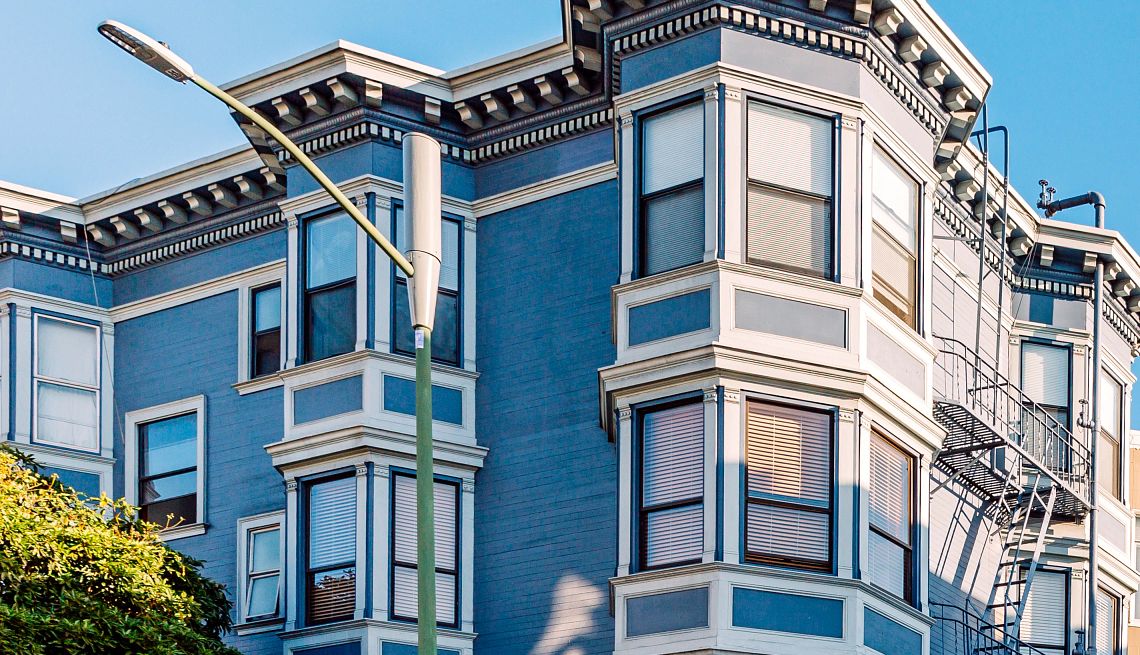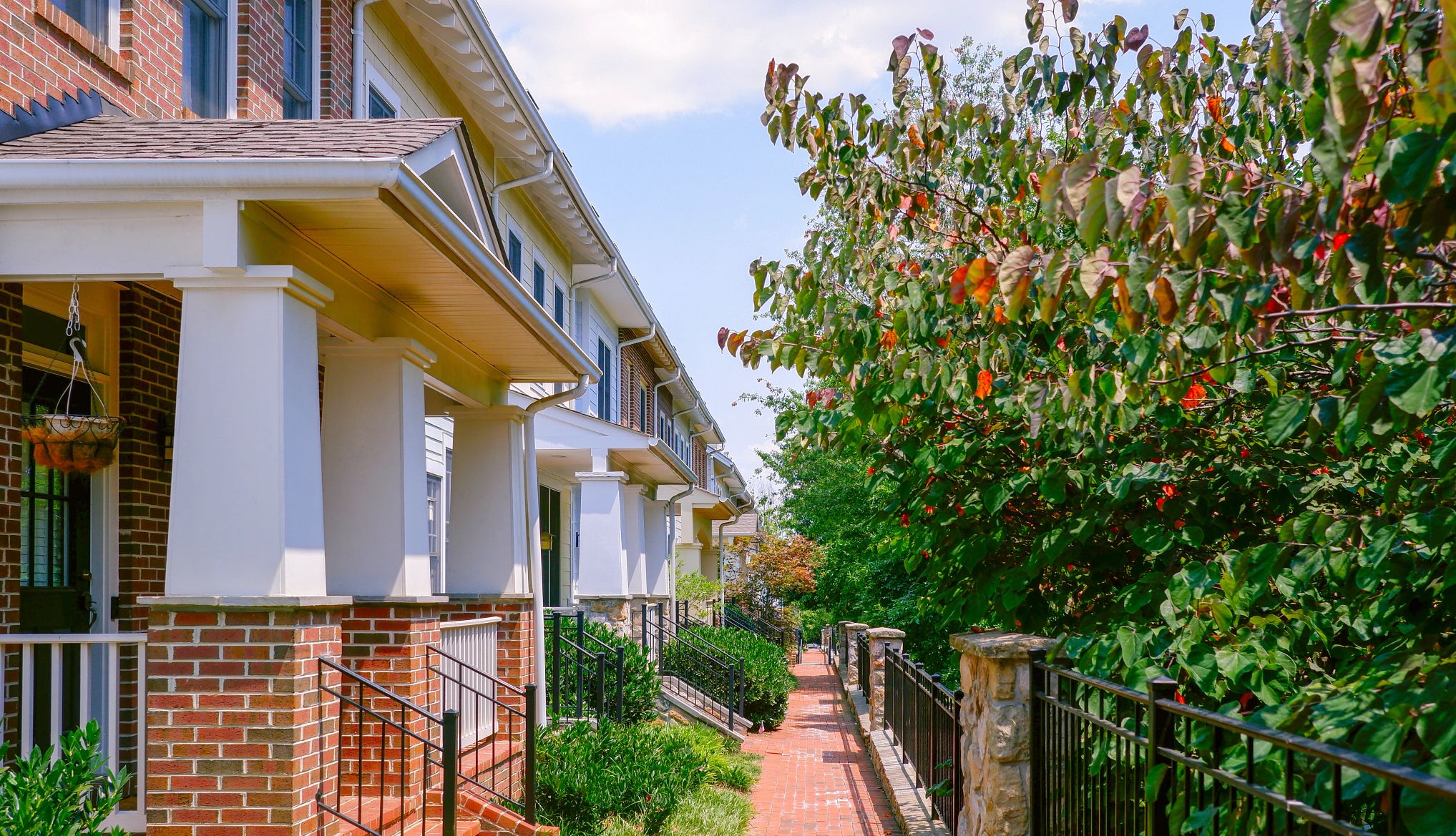AARP Hearing Center


Where are the best places to live in the U.S. if you’re a 50-plus adult? According to AARP’s annual Livability Index, the most livable communities, separated into four categories based on population size, are:
- Very large: San Francisco
- Large: Arlington, Virginia
- Medium: Cliffside Park, New Jersey
- Small: Great Neck Plaza, New York.
What criteria make for a great place to live? The report considers the essentials, such as accessibility to quality medical care, grocery stores and affordable housing. There are also aspects of an area such as social and cultural opportunities, access to exercise, walkability and easy and affordable transportation options.
The index is designed so people of any age can use it, says Rodney Harrell, AARP vice president of family, home and community, and one of the website’s creators, but this list incorporates the needs of older adults into the concept of what makes a good community.
One thing to keep in mind, Harrell says: There is no one perfect community. “We love to celebrate communities that are doing well, but we also can’t forget that every place has challenges that they should address. Housing costs, transportation choices and other concerns impact communities across the country, including those in the top 100.”
San Francisco, for example, got the overall top spot, as well as first in its category for the fifth time, but the city is nowhere near flawless. The area has struggled with housing affordability and a homelessness crisis for years; however, it excels in areas such as health access, convenient and safe transportation and places to socialize and engage.
Here are the top 100 communities: Very large | Large | Medium | Small








































































More From AARP
Decor Tips to Wow Your Short-Term Rental Guests
The rental market is booming. Here’s how to make your property stand out
How to Prevent Clutter: 8 Tips From the Experts
Feel like clutter is taking over your home? Reframe how you think about stuff
Avoid These 10 Home Staging Mistakes When Selling Your Home
From leaving dog poo in the backyard to dumping your stuff in the garage, these errors could cost you a sale
Recommended for You